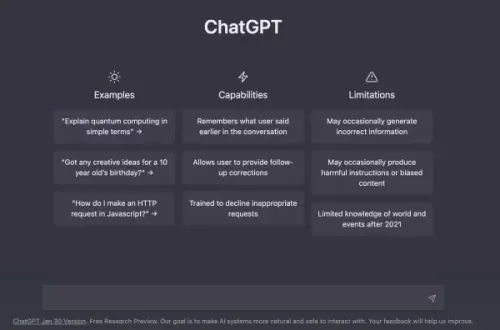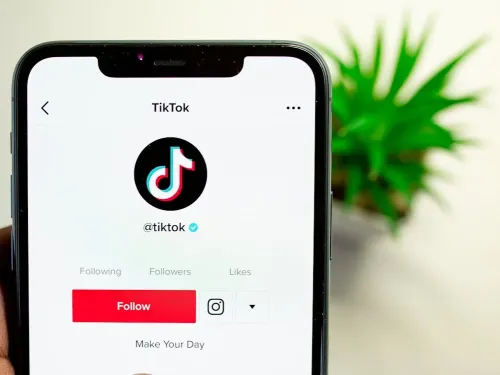Recently, there has been a lot of news about AI chatbots, especially about ChatGPT, a product of OpenAI that generates short and long pieces of content based on user input. There have already been several major publications online that (according to them) have had entire articles written by AI. Now you might think it's a good idea to let these bots handle your content generation. After all, it saves a lot of time and costs!
However, there are some dangers in using AI-written content. ChatGPT itself already indicates some limitations when starting a chat. For example, the chatbot can provide incorrect information, harmful information, or biased information. It also doesn't know much about the world after 2021, it says. But there are more things to consider, and we list them here for you.
WATERMARKS IN AI CONTENT
One of the things that are coming, if not already implemented, is the addition of watermarks in AI content. This involves creating a hidden mark in longer content through the strategic placement of certain characters and symbols. These characters will not be noticeable to the user, but with a special key, the text can be read to determine if a watermark is present.
HOW DOES AN AI WATERMARK WORK IN PRACTICE?
When AI generates a text, it seems random to the user which characters are placed and how sentences are formed; after all, the same question can generate different answers. However, with a watermark, a function is used to generate characters pseudorandomly. This means that the AI will use a certain letter or character to form a hidden code in the text.
CAN AN AI WATERMARK BE BYPASSED?
When the development of an AI watermark was announced in November 2022 by blogger and OpenAI employee Scott Aaronson, a possibility was also mentioned to bypass the watermark, namely paraphrasing. If you let another AI bot paraphrase the output of a question, the watermark would disappear from the text. However, if you only change a few words, there is a good chance that the watermark will remain.
It is not known if this loophole has since disappeared. Additionally, it is a logical assumption that other developers of AI bots will also start incorporating such a code in their content. As a result, when paraphrasing one AI text by another bot, you might only swap the code of one company for the code of another.

AI CONTENT AND THE GOOGLE HELPFUL CONTENT UPDATE
In an earlier publication in August 2022, Google already indicated that it is working on a detection system to promote content made by and for people in search results. From this update, we can also infer that Google will give lower rankings to content written by computers. They are mainly talking about non-original content that adds nothing for the reader, such as a collection of recycled content.
The Helpful Content Update, which has recently been rolled out worldwide, ensures that AI-generated content will rank lower in search results. When OpenAI and other developers have fully rolled out their watermark, it is likely that the key for this will end up with Google. This could also cause AI articles to score lower, as Google will then be more certain if a text is written by those AI machines.
IT'S NOT WORTH THE RISK
Considering these points above and the limitations that OpenAI itself already indicates, we believe that you should think twice about using pure AI for content marketing. Texts generated by AI may be ready quickly, but they also lack the attentive eye of a human writer. Additionally, many AI bots have not yet mastered the finer points of humor, making AI texts mainly very factual.
Can you not use AI bots at all? Well, there are certainly ways to use them! In a future blog, we will delve deeper into that. For now, we advise you not to replace your copywriters with the free chatbots!
```




